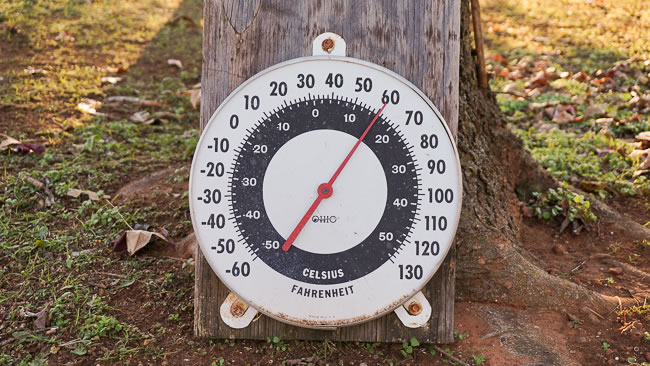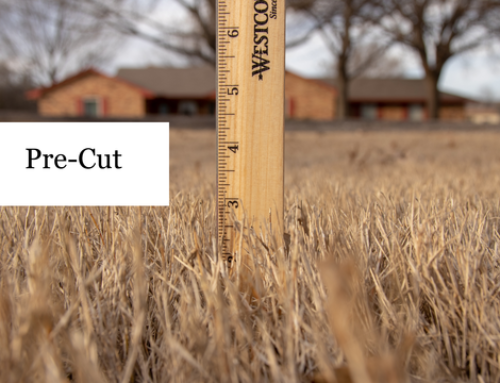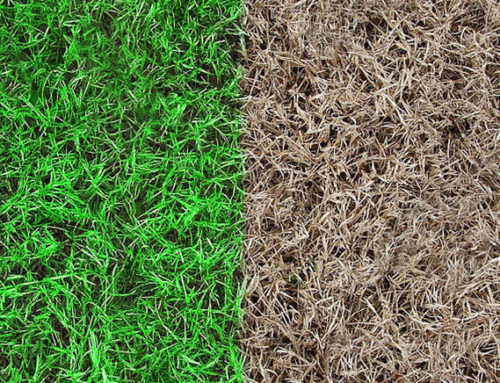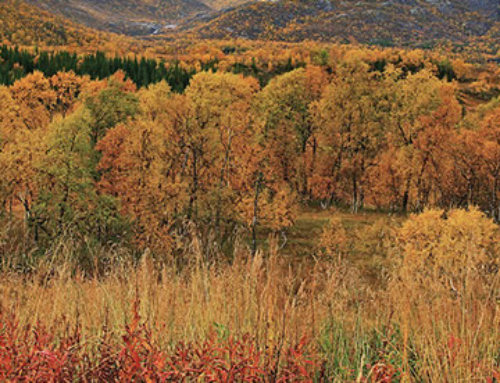Here in North Texas, most homes have lawns composed of Bermuda, St. Augustine, or Zoysia grass. We classify these grass variants as warm season grasses. Appropriately named, warm season grasses grow when the ground temperature is above 55° F. (Conversely, cool season grasses can grow when the ground temperature is below 50° F.) As cooler weather is quickly approaching, it’s important to understand how the ground temperature affects your lawn mowing schedule.
What is Ground Temperature?
There’s a saying that goes, “If you don’t like the weather in Texas, wait five minutes.” While this may not be true in the brutal summers of July and August, it’s true in our other seasons. In winter alone, we can go from a snowy 30° F to a sunny 70° F within a few days. Plants, instinctively, will not react to these fluctuations in air temperature. The temperature of the earth is the component that signals a plant to grow or go dormant.
Ground temperature (also known as soil temperature) is the measurement of how hot or cold the earth is over time. It can be measured using a special thermometer, but you can use a little math to get a solid estimate.
* Temperatures below are in Fahrenheit.
- Find the highs and lows of the outside temperature across a period of 3 to 5 days.
- For each day, determine the average temperature. For instance, if the high was 70° and the low was 50°, the average would be 60°.
- After determining the average temperature for each day, use the results to find average temperature for that period. For instance, if your average temperatures (across five days) are 60°, 62°, 61°, 59°, and 60°, your average temperature is 60.4°. This result is your estimated ground temperature.
What Does Ground Temperature Mean for Your Lawn Mowing Schedule?
First of all, if the ground temperature is above 55° F, then your lawn is still growing. It is not the time to switch to bi-weekly mowing. If you stop weekly mowing, your lawn will grow higher than it should and cause mowing issues like brown spots and clumps of grass. (See our recent blog for more details.)
If the ground temperature is above 55° F and your lawn is not growing quickly, it’s possible that your grass is not receiving enough water. A lack of water is more often the case in Texas’ late summer because of drought conditions. Getting on a consistent watering schedule will bring the green back to your lawn.
Lastly, you can follow the leader. We typically mow weekly April through October. Around the end of October, we start seeing colder ground temperatures; so, we mow bi-weekly in November. We then evaluate the weather December through February and will make mowing recommendations based on our area’s trend. In most cases, we do not mow during these three months**.
Don’t Be Fooled by Air Temperature
The biggest takeaway is not to base your lawn mowing schedule on air temperature. Consider your fall attire. You may need a jacket one evening but then shorts the next afternoon. You won’t need to pack up your summer attire until it’s consistently cold. The same is true for your grass. Your lawn may experience one or two chilly nights, but it is probably not ready for dormancy . . . just a pumpkin spice latte.
** In past months, we did mow monthly December through February. This was to keep a manicured look, remove fallen leaves, and cut grass growing near concrete areas.
Further Reading: Summer Lawn Stress | Fall Lawn Care Maintenance
Image Credit Pixabay.com






